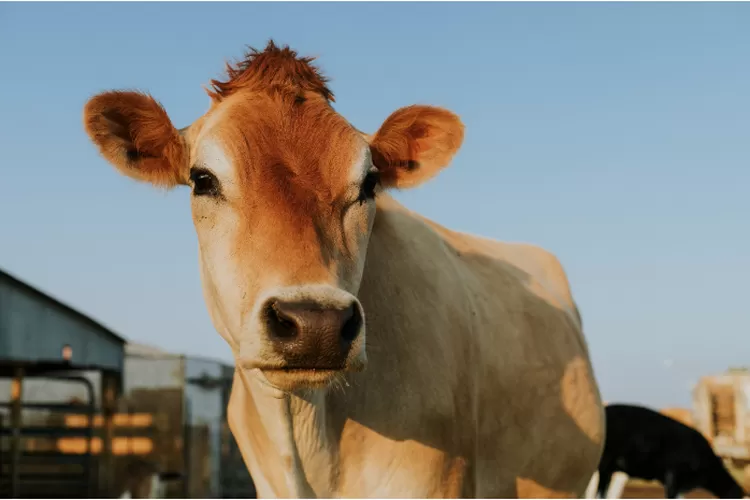Must Know! The following are the characteristics of anthrax in cattle, sheep, horses, pigs and carnivorous animals
[ad_1]
BONSERNEWS.com – The case of anthrax which recurred in Gunung Kidul, Yogyakarta shocked the Indonesian public.
Dozens of residents were suspected of being infected with anthrax after digging up and consuming beef that had been buried. What are the characteristics of anthrax in animals? Check out the review below!
What is anthrax?
Anthrax is a disease caused by spore-forming bacteria Bacillus anthracis.
Also Read: Need to Watch Out! Following are the Symptoms and Causes of 4 Types of Anthrax that Can Affect Humans
The bacterium’s name comes from the Greek word for coal, related to the dark center ulcers that develop on the skin of anthrax patients.
Anthrax spores are highly resistant and can survive in the environment for decades, making controlling or eradicating the disease very difficult.
Spores are brought to the surface by wet weather, or by deep digging, and when ingested by ruminants, disease recurs.
Also Read: Dangerous but Treatable, Like These Treatment Options for Anthrax According to the United States CDC!
Anthrax occurs on all continents and generally causes high mortality, especially in domestic and wild herbivores and most mammals and some bird species.
Anthrax is a serious zoonosis, meaning it can be passed from animals to humans.
In humans, anthrax manifests itself in three distinct patterns (cutaneous, gastrointestinal and inhalation).
The most common type of anthrax is skin infection, in which people become infected by handling animals or animal products that contain spores. This can occur in veterinarians, agricultural workers, livestock producers or butchers dealing with sick animals, or when the infection is spread by wool or skin.
Anthrax is a vaccine preventable disease and can be treated with antibiotics, but special control procedures for carcass disposal are required to control the disease and prevent its spread.
Transmission and spread of anthrax
Anthrax does not usually spread from animal to animal or from human to human.
